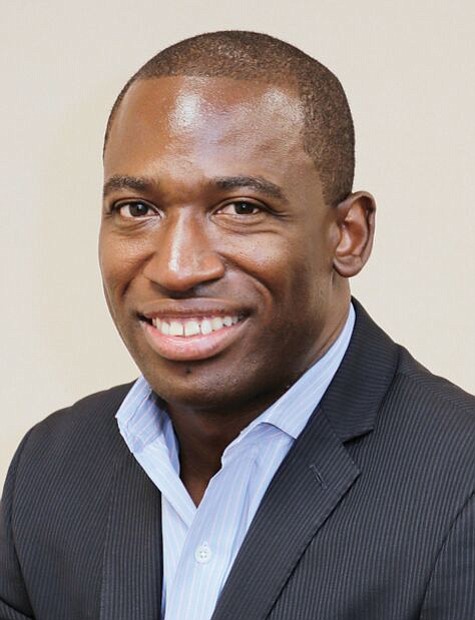Broken promise?
City seeks bids only for 3 new schools
Jeremy M. Lazarus | 6/25/2018, 9:19 a.m.
Earlier this year, Mayor Levar M. Stoney stumped to raise $150 million to help replace obsolete and decaying schools.
His sole condition: That Richmond City Council approve a 1.5 percent increase in the city sales tax on restaurant meals and other prepared food so that the borrowed money could be repaid.
City Council quickly went along on a 7-2 vote in February, and a delighted Mayor Stoney stated: “We are moving full-steam ahead with our plan to generate $150 million in new school construction and renovation of facilities that have been neglected for far too long.”
But in a little noticed policy shift, City Hall and the Richmond School Board have agreed to cut back that investment ahead of Sunday, July 1, when Richmond diners will start to see the government’s take from meals rise from 11.3 percent to 12.8 percent, including the 1.5 percent earmarked for schools construction.
Instead of spending $150 million — a level of expenditure even the mayor acknowledges falls far short of the need — City Hall and the Richmond School Board plan to invest $100 million to $110 million, leaving $40 million to $50 million unused.
Instead of four schools, requests for proposals to build just three new schools — two elementary schools and a new middle school — were issued last month by City Hall, which is handling procurement.
School Board member Jonathan Young, 4th District, confirmed that the city failed to issue a request for bids for a new high school, despite the School Board’s vote in April to use the construction dollars to build four new schools.
“The truth is most of us knew at least as far back as when the meals tax was being considered” that fewer schools would end up being built, Mr. Young told the Free Press, or “at least anyone who did their homework and had an understanding of what the average cost per student is to build new bricks-and-mortar is in Central Virginia. That is why I opposed said tax.
“We have to make sure we stretch every dollar,” he continued. “It’s why I did not support construction of a new George Wythe. I believe we can instead achieve more of a return on investment if we use the money at the elementary school level and consolidate one high school.
“We also could augment our career and technical education offerings by using the remaining money to renovate and prepare the South Side building that Altria donated to RPS for that purpose,” Mr. Young added.
Schools Superintendent Jason Kamras, School Board Chairwoman Dawn Page, Mayor Stoney and members of City Council have not responded to Free Press requests for comment on the decision to cut back use of the money.
The bid requests show the city has put development of the three schools on a fast track so they can be opened in September 2020. Mayor Stoney, City Council and School Board members will be up for election in November 2020.
The city and Richmond Public Schools officials are reviewing bids that arrived by June 5.
According to the requests for proposals issued on May 15, the school buildings to be constructed are a new George Mason Elementary in Church Hill to serve 650 students; a new Greene Elementary on South Side for 1,000 students; and a new Elkhardt-Thompson Middle in South Side to serve 1,500 students.
The School Board, which met Monday night, has not publicly mentioned that fewer schools are to be built.
Earlier this month, the School Board and Mr. Kamras bemoaned the joint decision of the mayor and City Council to slash money for school maintenance by 80 percent in the city’s new budget, but no mention was made then of the potential $40 million in unused construction dollars.
The Free Press reported in mid-April that it was unlikely the $150 million could be stretched far enough to cover the estimated $85 million cost of constructing a new George Wythe High School.
More surprising is that the School Board has not sought to use the money for other priority projects, including shifting the money to build a replacement for Woodville Elementary in Church Hill. Woodville Elementary was fifth on the School Board’s priority list for replacement.
The board also has not sought to use the money for renovation of three other schools that also were listed as priorities, all of which could be done with the remaining $40 million.







